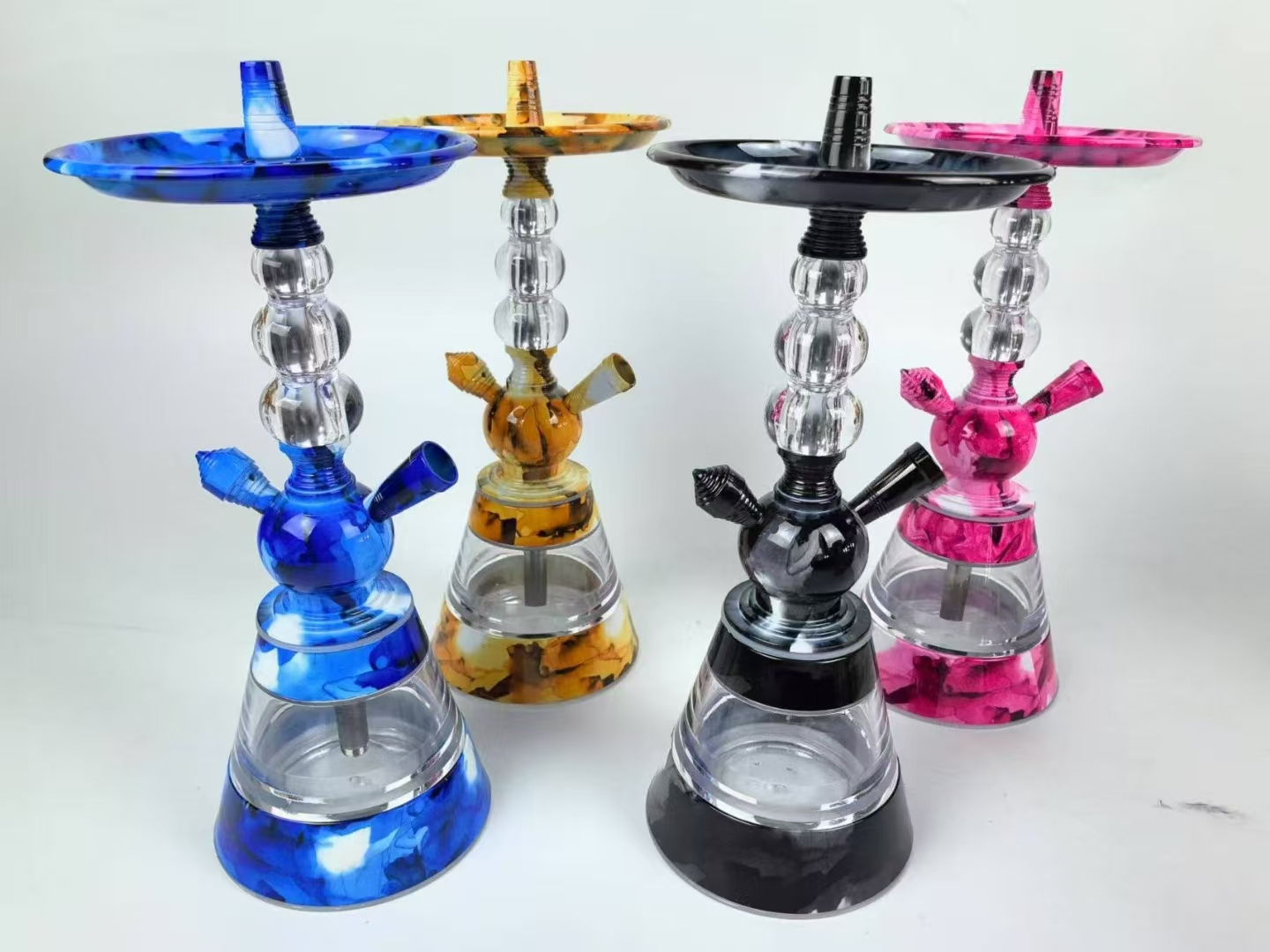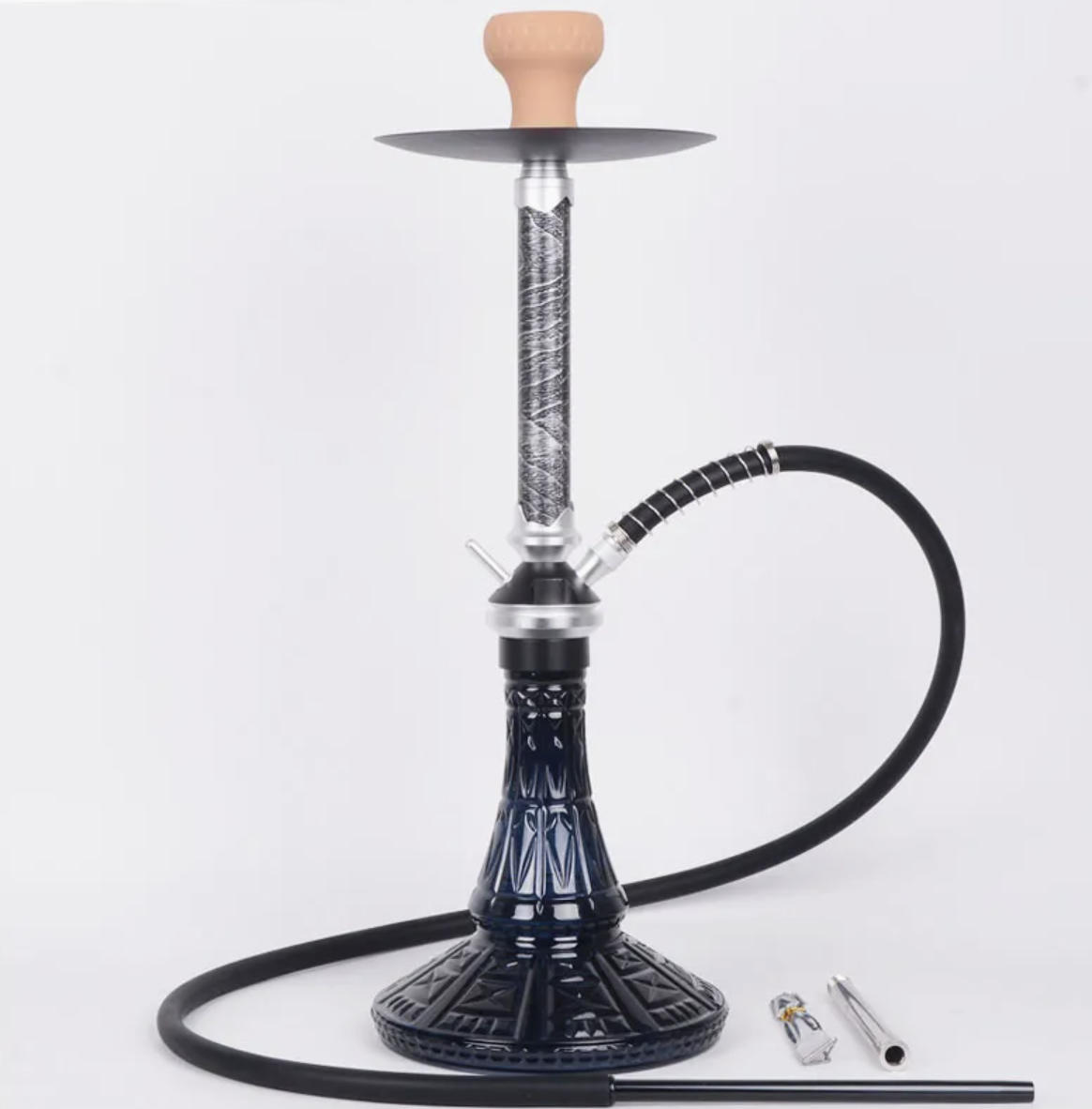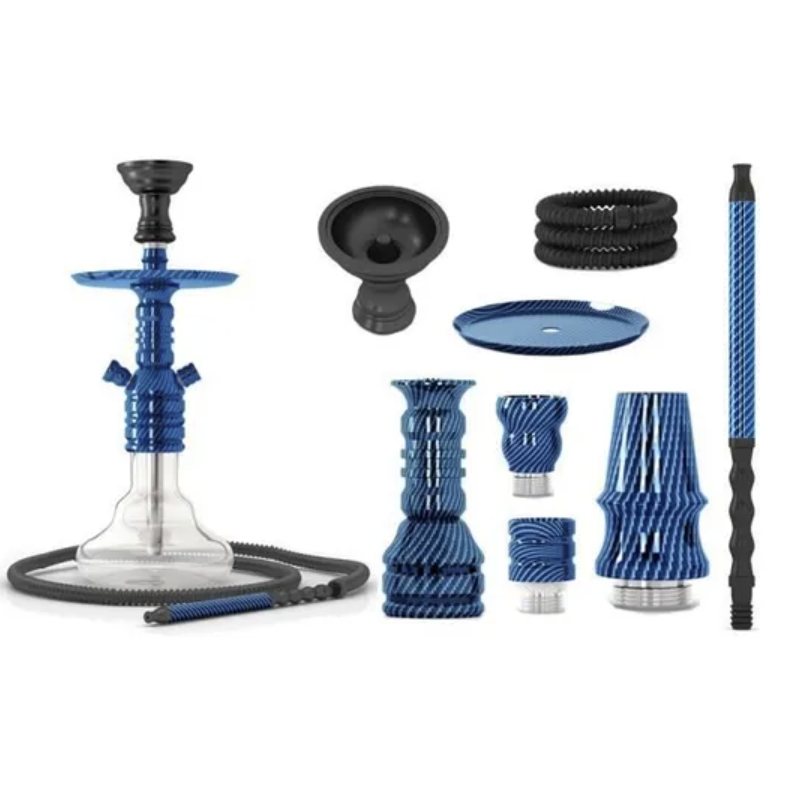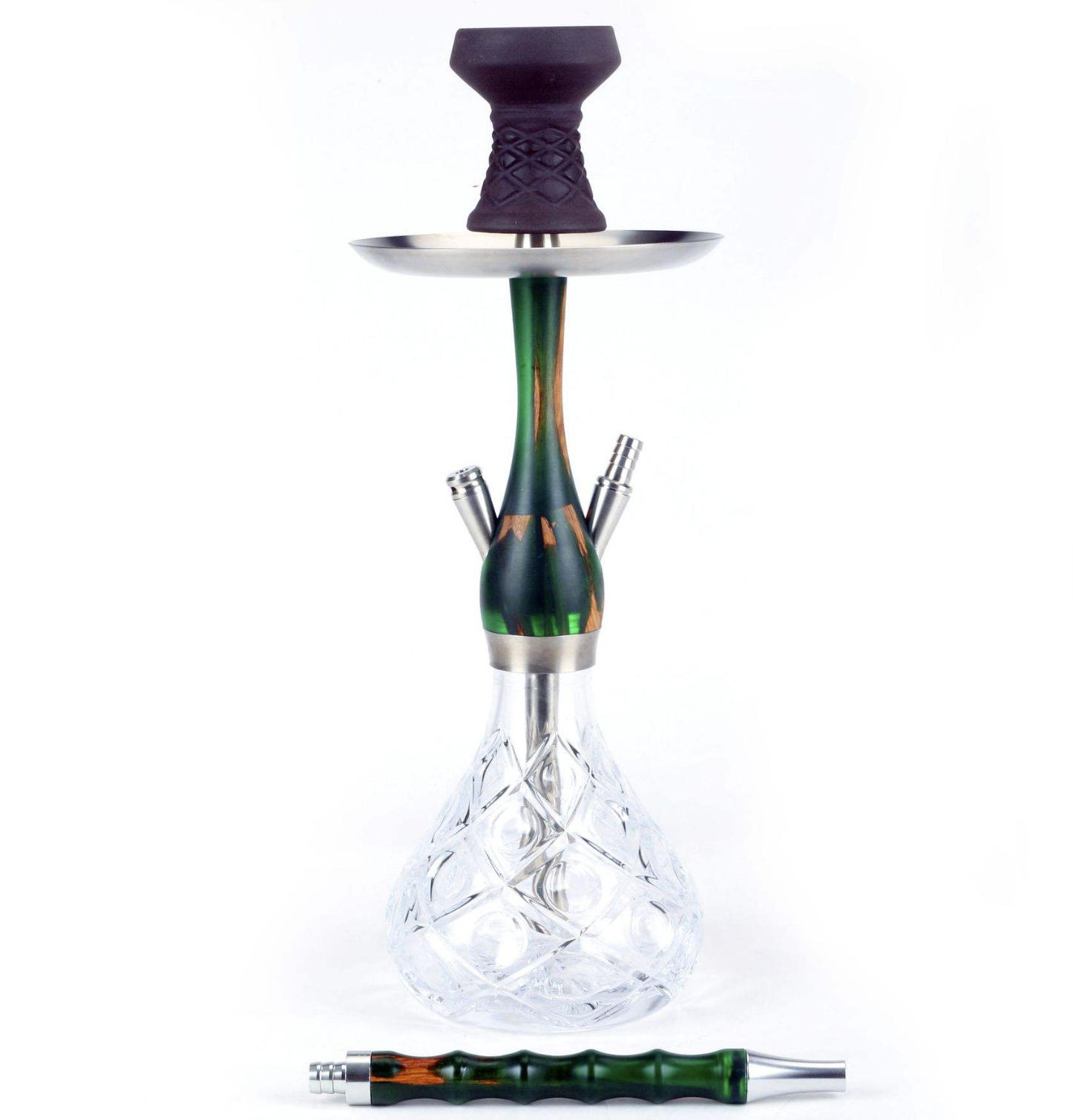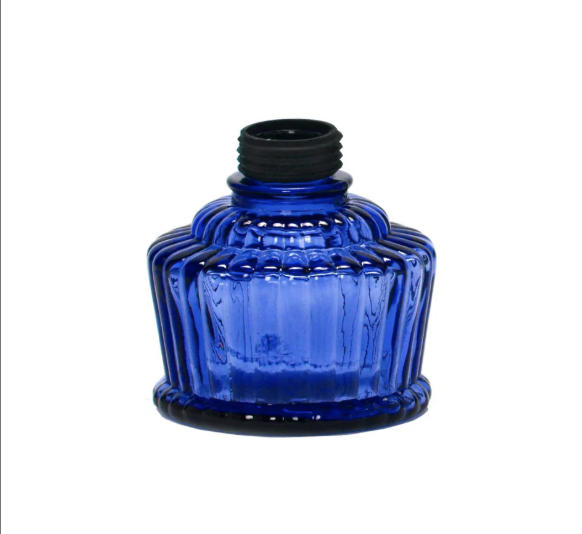hookah health risks?
Table of Contents
-
Introduction
-
Conclusion
Introduction
Hookah smoking, often enjoyed in a hookah lounge or at home with a hookah set, is a social activity rooted in cultural traditions. However, its rising popularity, particularly among younger audiences searching for a hookah bar near me, has sparked concerns about its safety. Many assume hookah is less harmful than cigarettes due to its water filtration and flavored hookah tobacco. As someone with years of experience in the hookah wholesale industry, I’ve seen firsthand how misconceptions about hookah’s safety persist. This article explores the hookah health risks, backed by data, to help you make informed choices.
What Are Hookah Health Risks?
Hookah smoking involves inhaling smoke from burning hookah tobacco, often mixed with molasses and flavorings, through a hookah pipe. Despite its sweet aroma, hookah smoke contains harmful chemicals. According to the Centers for Disease Control and Prevention (CDC), hookah smoke delivers nicotine, tar, carbon monoxide, and heavy metals like lead and arsenic. These substances pose significant health risks, contradicting the belief that hookah is safer than other tobacco products.
A single 60-minute hookah session can expose users to 100–200 times the volume of smoke inhaled from one cigarette, per a 2014 study by the World Health Organization (WHO). My experience supplying hookah shops confirms that many users are unaware of this. For example, customers at a local hookah lounge near me often smoked for hours, assuming the water in the hookah base filtered out toxins. Unfortunately, the water only cools the smoke, not removes harmful chemicals.
Key Risks:
-
Nicotine Addiction: Hookah shisha contains nicotine, leading to dependency.
-
Cancer Risk: Carcinogens in hookah smoke increase the risk of lung, oral, and bladder cancer.
-
Heart Disease: Carbon monoxide and toxins contribute to cardiovascular issues.
How Does Hookah Smoking Affect the Lungs?
The lungs bear the brunt of hookah’s harmful effects. Inhaling smoke from a hookah pipe irritates lung tissue and impairs respiratory function. A 2016 study published in the American Journal of Respiratory and Critical Care Medicine found that hookah smokers had reduced lung function compared to non-smokers, similar to cigarette users. The large volume of smoke inhaled during a typical session—often lasting 30–90 minutes—exacerbates this damage.
As a hookah wholesaler, I’ve spoken with lounge owners who noticed regular patrons developing chronic coughs or shortness of breath, symptoms linked to prolonged exposure to hookah smoke. The American Lung Association warns that hookah smoking can lead to chronic obstructive pulmonary disease (COPD) and bronchitis. Additionally, sharing a hookah hose in a hookah bar increases the risk of infections like tuberculosis or hepatitis due to inadequate sanitization.
Lung-Specific Risks:
-
Reduced Lung Capacity: Repeated exposure weakens lung elasticity.
-
Infections: Shared mouthpieces spread bacteria and viruses.
-
Inflammation: Toxins cause chronic lung irritation.
Comparing Hookah vs Cigarettes
A common question at hookah stores is, “Is hookah worse than cigarettes?” The answer depends on usage patterns. While cigarettes deliver toxins in smaller, frequent doses, hookah sessions involve prolonged exposure to high smoke volumes. The WHO estimates that one hookah session equates to smoking 100 cigarettes in terms of smoke inhalation. However, cigarettes are typically smoked more frequently, leading to cumulative harm.
A 2019 study in Tobacco Control compared toxin levels and found hookah smoke contains higher carbon monoxide and benzene than cigarette smoke, but lower levels of certain nitrosamines. As someone who has supplied both hookah tobacco and accessories, I’ve observed that hookah users often underestimate their exposure because sessions feel relaxing. Unlike cigarettes, which are smoked quickly, hookah’s social setting encourages longer use, amplifying risks.
Comparison Table:
|
Factor |
Hookah |
Cigarettes |
|---|---|---|
|
Smoke Volume |
100–200x per session |
1x per cigarette |
|
Session Duration |
30–90 minutes |
5–7 minutes |
|
Carbon Monoxide |
Higher |
Lower |
|
Nicotine |
Variable, often high |
Consistent, high |
|
Social Use |
Common in hookah lounges |
Individual or small groups |
Hookah Side Effects Beyond the Lungs
Beyond respiratory harm, hookah smoking affects multiple body systems. The National Institutes of Health (NIH) highlights that hookah use increases the risk of heart disease, stroke, and oral health issues. Carbon monoxide reduces oxygen delivery to tissues, straining the heart. Nicotine in hookah shisha raises blood pressure, contributing to vascular damage.
In my work, I’ve met hookah enthusiasts who complained of headaches, dizziness, or nausea after sessions—symptoms tied to carbon monoxide poisoning. Hookah’s flavored smoke also stains teeth and causes gum disease, per a 2020 study in Journal of Periodontology. Pregnant women face additional risks; a 2018 Pediatrics study linked hookah use during pregnancy to low birth weight in infants.
Other Side Effects:
-
Cardiovascular: Increased heart rate and blood pressure.
-
Oral Health: Tooth decay, bad breath, and gum inflammation.
-
Neurological: Headaches and lightheadedness from toxins.
Practical Tips to Reduce Hookah Health Risks
While quitting hookah is the safest option, harm reduction strategies can minimize risks for those who continue. Based on my expertise in the hookah industry, here are actionable steps:
-
Use Personal Mouthpieces: Bring your own hookah tips to lounges to avoid infections. Disposable tips cost $1–$3 at hookah shops.
-
Limit Session Time: Cap sessions at 30 minutes to reduce smoke exposure. Set a timer to stay mindful.
-
Choose Low-Nicotine Shisha: Opt for nicotine-free or herbal hookah tobacco from brands like Hydro Herbal.
-
Clean Equipment Regularly: Wash hookah hoses and bowls with warm water and vinegar to prevent bacterial buildup. I recommend cleaning after every use.
-
Ventilate the Area: Smoke in well-ventilated spaces to reduce secondhand smoke exposure, especially at home.
-
Monitor Symptoms: If you experience coughing or dizziness, pause and consult a doctor. Use a pulse oximeter ($20–$50) to check oxygen levels post-session.
These steps align with EEAT principles, drawing on my experience and industry knowledge. For example, I’ve advised hookah lounges to stock herbal shisha, which customers appreciate for its lower risk profile.
Conclusion
Hookah smoking, while culturally significant and socially enjoyable, carries substantial hookah health risks. From lung damage to heart disease, the dangers rival or exceed those of cigarettes due to prolonged smoke exposure. My years in hookah wholesale have shown me how misinformation fuels its popularity, but understanding the risks empowers better choices. By adopting harm reduction strategies or exploring alternatives like nicotine-free hookah shisha, you can enjoy social moments with less risk. Prioritize your health, stay informed, and smoke responsibly.
